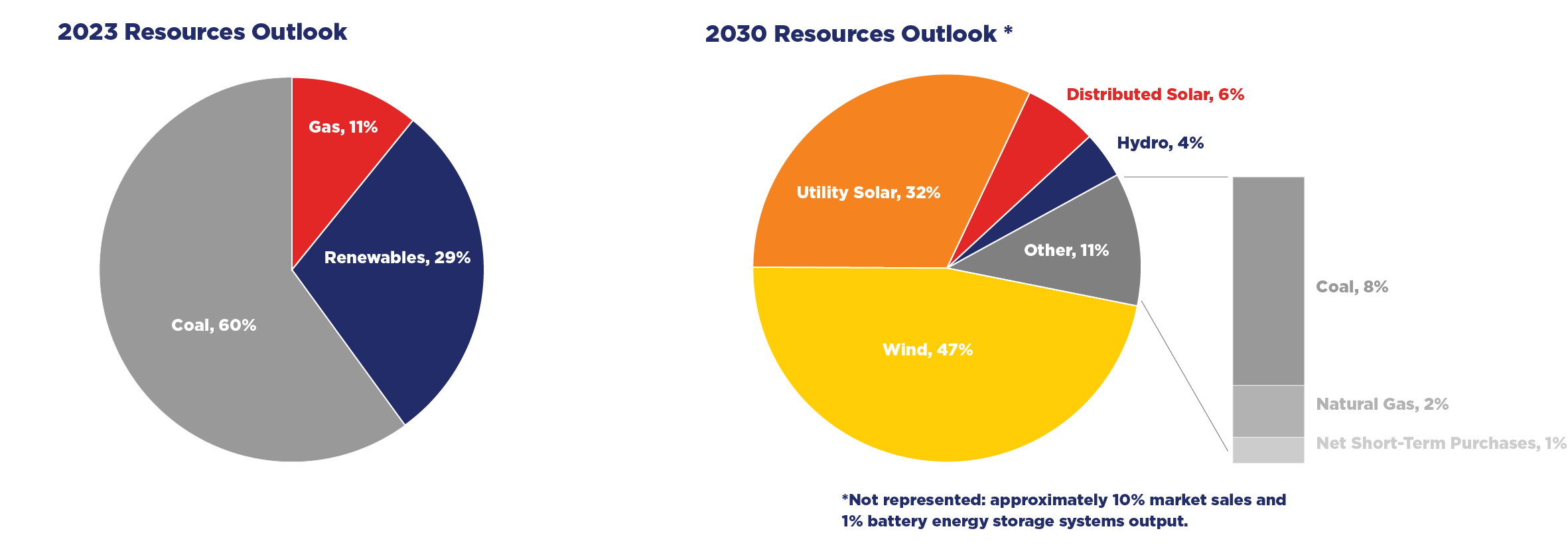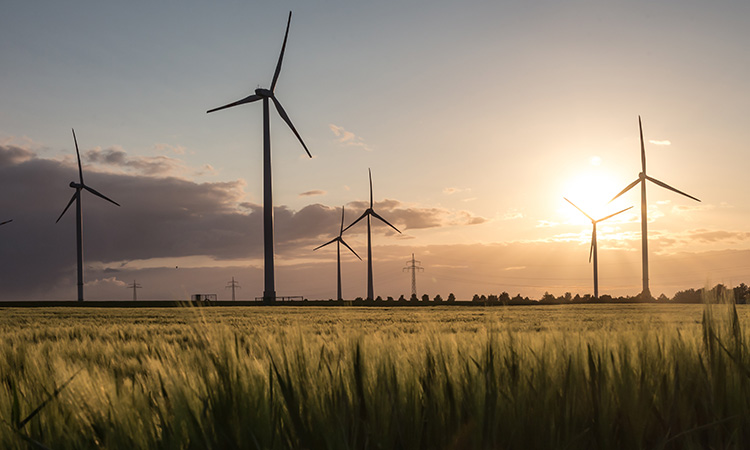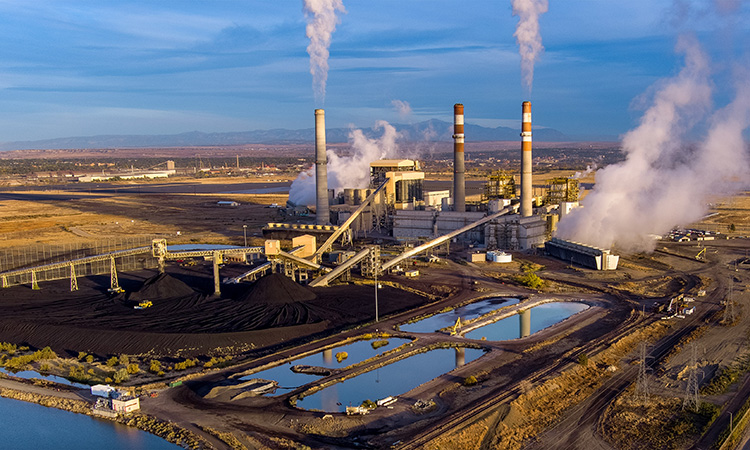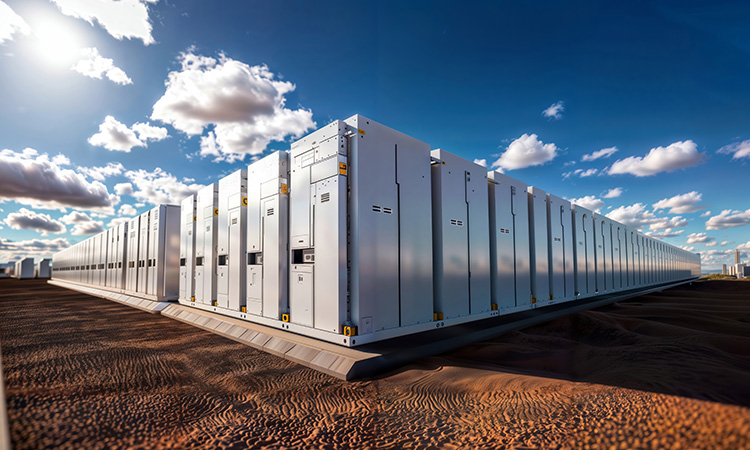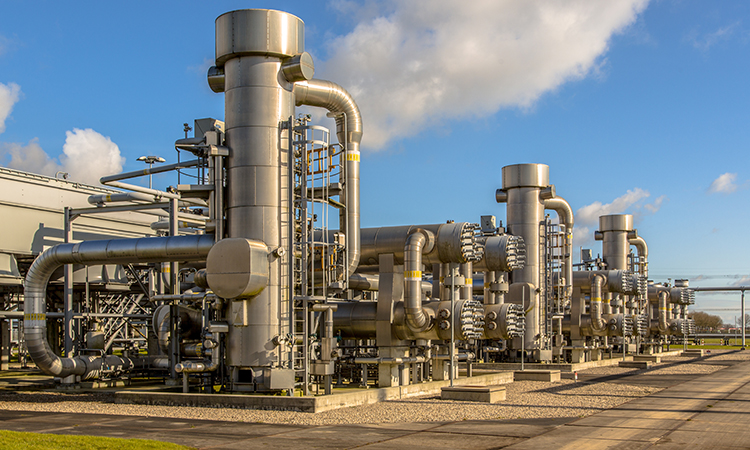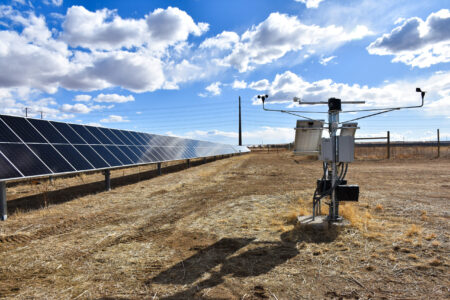The path to a new energy future
Since 1938, CORE’s power supply has continuously adapted to meet the needs of our ever-growing membership. CORE is committed to a clean energy transformation through the development of a diverse portfolio of renewable energy sources, battery storage technology and thermal generation backup. This approach ensures a reliable and responsible energy supply in a rapidly evolving landscape.
In response to state and local legislative requirements, CORE submitted a Clean Energy Plan to the Colorado Department of Public Health and Environment in late 2023. The plan outlines our path to an 80% reduction in greenhouse gas emissions by 2030, from a 2005 baseline, in line with House Bill 19-1261. Additionally, CORE retires Renewable Energy Credits equal to 20% of our retail sales each year to comply with the Colorado Renewable Energy Standard.
As CORE continues to grow and evolve, we remain dedicated to meeting the changing needs of members through innovative energy solutions and strategic partnerships.
